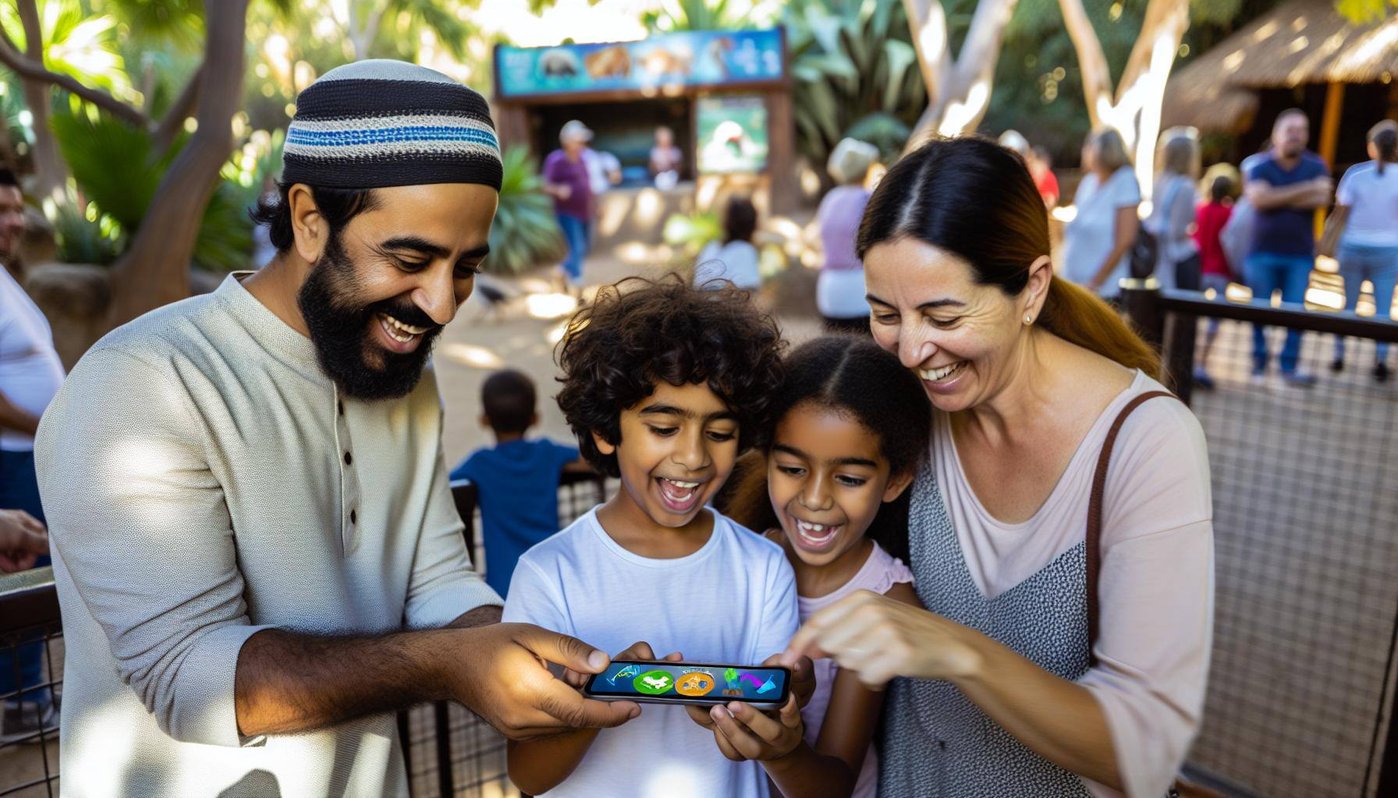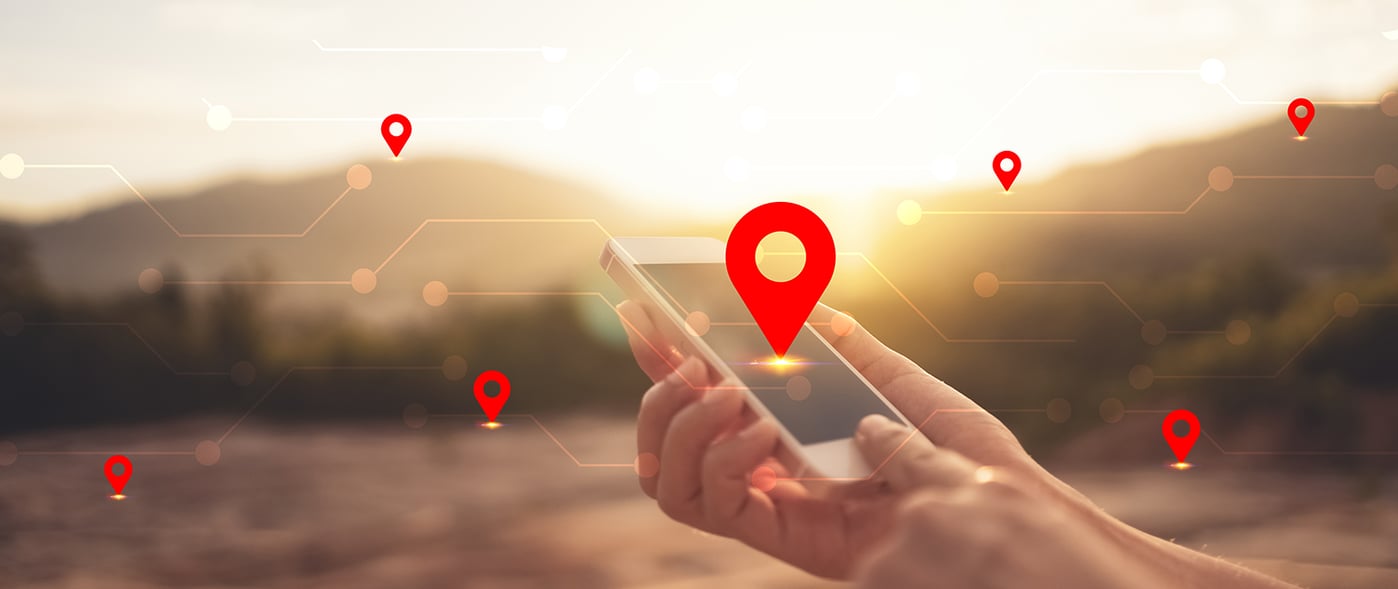Reimagining
Experiential Learning
in the Museum and Heritage Sector.
Whilst not every child has access to a computer in the United Kingdom or a smartphone yet, there is no denying that technology is changing the way we learn and the field of education itself. Technology is also fundamentally influencing the role of educators in the visitor attractions sector, such as museums and cultural heritage sites.
In a dissertation entitled “Can technology further enhance the educational learning outcomes of the museum visit?” posted on UKDiss.com this March, it was noted that the current use of traditional means to ‘engage’ visitors, limits interaction between classmates and teacher at a museum visit, which in turn, gives rise to limited education outcomes. So, how best to solve that…?
There have been many heated debates as to the best methods of learning over the years, but for children, absorbing knowledge through play and having fun, has always been one of the best. It also generates fond memories that last a lifetime. Here, technology can really come to the fore, and for the museums and heritage sector it’s a game changer.
Technology lends itself to immersive learning experiences in the visitor attraction sector, allowing visitors to virtually experience many scenarios. It is also incredibly useful in adaptive learning situations, an important tool for educators (operator and school side) and students alike, to test understanding of the subjects at hand.
Imagine being up close and personal with a dinosaur, or say, the crown jewels, given its a Jubilee year? What about ancient treasure maps and experiencing first-hand what it would be like to interpret clues? For museums, zoos, and aquariums and more, technology can make animals come alive – right there in the palm of their hand, through a mobile app on their mobile device.
Like any industry, the two main issues facing the sustainability of the museums and heritage sector are funding and how to make their content relevant and appealing to visitors – of all ages. Add to that, an ever pressing need to keep audiences ‘engaged’ throughout the lifecycle of their visit, which does not need to stop when they leave, as it’s become a business imperative to encourage repeat visits.
Introducing the next advancement in experiential technology for museums: the Audience Engagement Platform.
Technology in the museum and heritage sector also brings about the benefit of remote learning. This enables establishments to continue the conversation with their visitors even after they have left the premises, facilitating an ongoing learning experience, and a vital connection to the visitor attraction that can remain top of mind.
Being mobile in nature, audience engagement platforms (AEPs), are software driven tools that are unlocking new ways of learning and new ways of delivering content. Aimed specifically at the visitor attraction sector, n-gage.io is one such technological advancement that has purposefully developed a learning module to deepen and enrich the experience all round.
The platform allows operators to assign a unique identity to schools, and upload content aimed at different ages, different stages of the learning cycle, subject matter etc. On the n-gage.io audience engagement platform, the educator module comes standard with installation.
The Software as a Service (SaaS) platform is cloud-hosted and is easy to install and operate. It is highly customisable to suit the differing needs of differing visitor attractions. In terms of education though, this is where the n-gage.io platform truly stands out from the competition, with the ability to deliver deeper learning and improve outcomes.
Not only can attraction operators upload their materials tailored to each of the schools they deal with, but the platform can also deliver personalised content to the user. Whether a formal school visit or a family outing, the white-labelled visitor app downloaded onto a smartphone, either prior to the visit or at the start, tracks the journey through the attraction. It can monitor dwell time for example and then send additional information on a particular object or display that has grabbed that visitor’s attention.
For schools, creating fun and interactive quizzes that have a reward and redemption programme attached to them, is an innovative feature for the instant gratification and ‘follow me’ generation to enjoy. For the curator, this platform also helps to assure easier management of collections, and the opportunity to deliver real time personalised content at the push of a button.
The democratic nature of technology ensures that the content contained in the museum can also be conveyed in different languages – a bonus for museums with international audiences and visitors. Translations are only a button away.
The same dissertation as aforementioned, remarks that: “Through research, it is suggested that repeat visits tend to be more effective than one-time visits as different people cognitively take in aspects differently to be able to grasp more.”
But, if another lockdown or something else prevents people from returning, audience engagement platforms can continue the experience off site. (In fact, they can do that irrespective of lockdowns). The point being, that technology such as AEPs can extend the engagement, and the learning experience as well as entrench the knowledge gained from repeat exposure to the subject matter, and help diversify revenue, by increasing the reach and upping the engagement of audiences.
A platform of ideas
Back in 2009, Vavoula et al., noted that “There are four key components to learning: acquiring information, using it, sharing it with others and reflecting on it. Capitalising on students as learning resources can enable schools to gain a lot as there is a thin line between teachers and students. Social networking allows people to participate and get access to new learning by broadening learning options. It enables knowledge to be transmitted through active participation, and engagement of the audience.” This was before the advent of advanced audience engagement platforms such as n-gage.io. Today, these AEPs can gather and process enormous volumes of data, and deliver insights from which personalised content can be generated.
Whilst this might at face value, seem a step towards the de-personalisation of the museum experience, in actuality, it’s the opposite.
Technology can enhance discovery and increase the desire for learning, improving the mind, by embedding knowledge. It is, however, important to note, that as much as the partnership between history and technology can increase learning, visitors do also come for the pure enjoyment of the experience.
To find out more or ask for a demo, get in touch with us today.

/Blog/Authors/Bryan%20circle.png?width=90&name=Bryan%20circle.png)



/Blog/Authors/PHOTO-2022-05-06-14-05-59.jpg?width=90&name=PHOTO-2022-05-06-14-05-59.jpg)
